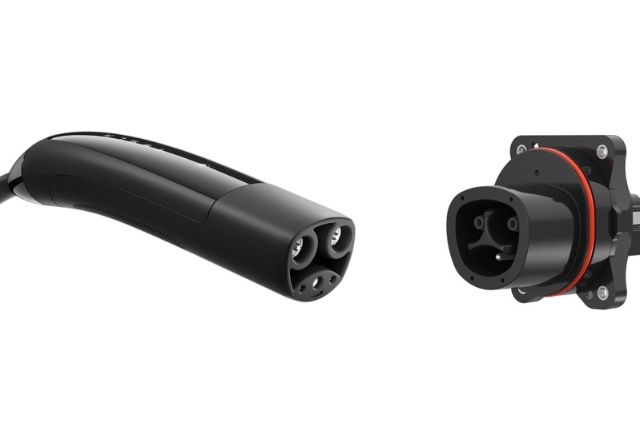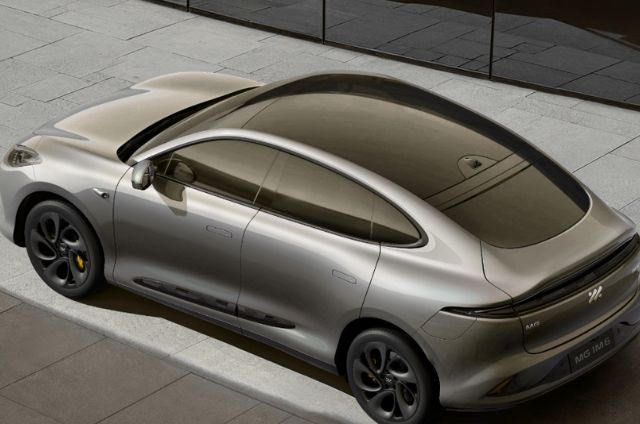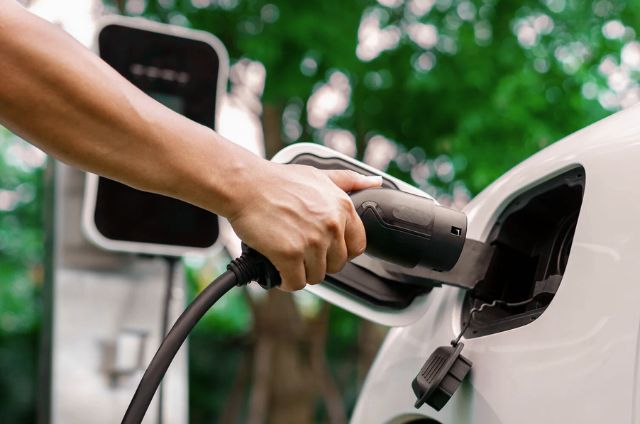NACS Is the New Standard
In just two years, Tesla’s NACS has gone from a closed network to the default standard across the U.S. It started with Ford’s bold move in June 2023. Since then, nearly every major automaker followed. Now, NACS is the go-to solution for long-distance EV travel.
This change didn’t just improve convenience — it reshaped the entire EV landscape.
From Limited Options to Nationwide Access
Before NACS opened up, Tesla drivers had a clear advantage. Superchargers were everywhere, reliable, and fast. Non-Tesla drivers? They had to plan routes carefully, deal with slower stations, or even ship their cars across states to avoid charging nightmares.
But now, Rivians, Fords, and even Volvos are plugging in at Tesla stations. The game has changed.
Still Some Growing Pains
Not all Superchargers are ready for non-Teslas. Older V2 chargers (150kW) don’t support them. Only V3 (250kW) and V4 stations do — and they aren’t everywhere yet.
Also, most non-Teslas have charge ports in different spots. That means awkward parking or blocking multiple stalls. It’s a minor headache — but a headache nonetheless.
Teslas Can Now Charge Beyond Tesla
Tesla drivers are also gaining new flexibility. Thanks to CCS adapters and new third-party stations offering NACS plugs, Tesla vehicles can now use non-Tesla chargers — but only if they’re made after October 2020 or retrofitted.
New players like Kwik Trip are even rolling out NACS-capable DC fast chargers. It’s a big shift. For the first time, Teslas can get fast charging away from their native network.
Charging to the North? Still Tricky
Some scenic routes remain tough. For example, northern Wisconsin’s popular Bayfield area lacks Superchargers. One Tesla owner had to resort to a six-hour charge at a hotel — or an illegal plug-in at a gazebo.
However, the new Kwik Trip station in Ashland, WI, with 4 NACS plugs, may finally change that. It’s faster than Tesla’s V3, but only for retrofitted vehicles.
What’s Next?
As NACS expands, expect smoother road trips and shorter wait times. But some rural gaps and hardware mismatches still need fixing.
One thing’s clear — EV travel in 2025 looks a lot less stressful than it did just two years ago.



